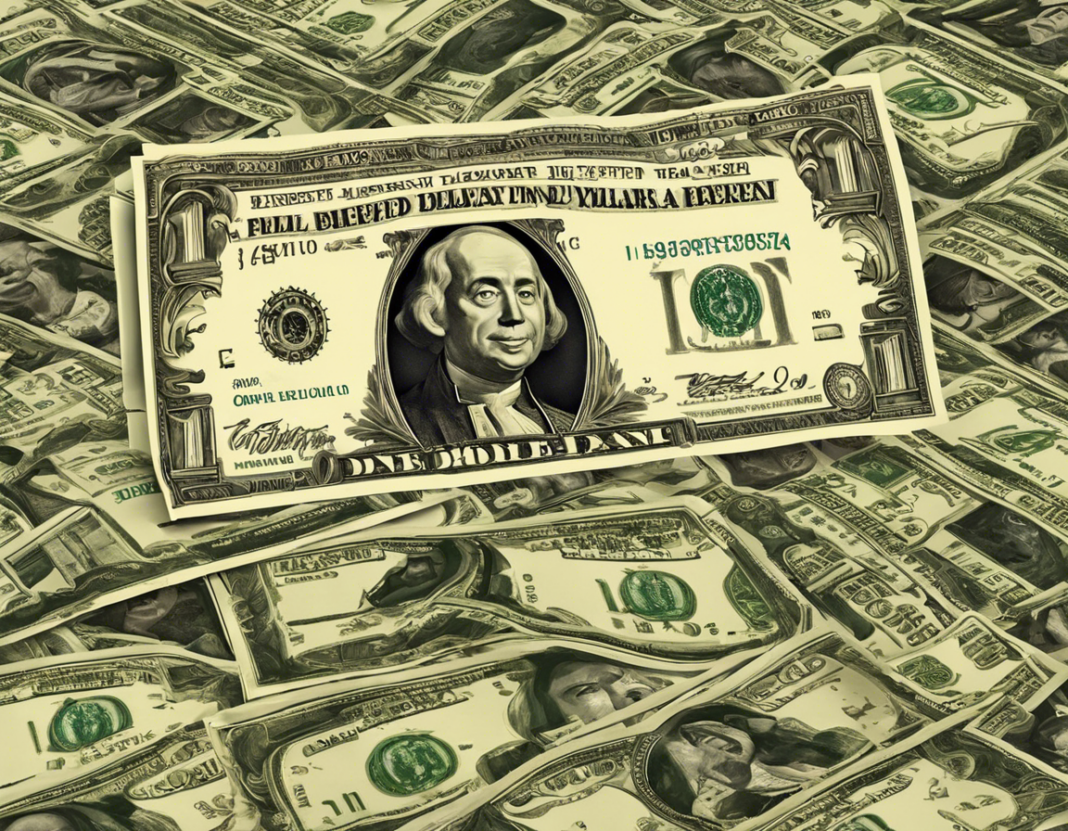With the ever-growing global economy, currency exchange rates play a vital role in business transactions, investments, and international trade. Converting 1 billion dollars to Indian Rupees (INR) can be a crucial calculation for individuals and organizations looking to deal with finances involving the United States Dollar (USD) and Indian Rupee (INR). In this article, we will explore how much 1 billion USD is in INR, factors that influence exchange rates, and frequently asked questions related to currency conversion.
Understanding Exchange Rates
Exchange rates determine the value of one currency relative to another and fluctuate based on economic factors such as inflation, interest rates, political stability, and market speculation. The exchange rate between the USD and INR is influenced by the foreign exchange market, where currencies are bought and sold.
Converting 1 Billion USD to INR
As of the time of writing this article, the exchange rate for 1 USD is approximately equal to 73 Indian Rupees. Therefore, when converting 1 billion US dollars to Indian Rupees, the calculation is as follows:
1,000,000,000 USD * 73 INR/USD = 73,000,000,000 INR
Hence, 1 billion US dollars is equivalent to 73 billion Indian Rupees based on the current exchange rate.
Factors Influencing Exchange Rates
Several factors can influence exchange rates between two currencies. Some of the key factors include:
1. Economic Indicators
Economic data such as GDP growth, employment rates, and inflation can influence a country’s currency strength.
2. Interest Rates
Differences in interest rates between countries affect the flow of investment and can impact exchange rates.
3. Political Stability
Political events and stability can lead to fluctuations in currency values.
4. Market Speculation
Trader sentiment and speculation can cause short-term movements in exchange rates.
The Impact of Exchange Rates on Trade and Investments
Exchange rates play a crucial role in international trade and investments. A strong or weak currency can affect the competitiveness of exports and imports, influence foreign investment decisions, and impact the purchasing power of consumers.
For instance, a weaker Indian Rupee against the US Dollar could make Indian exports more competitive in the international market, potentially boosting the country’s export-led industries. Conversely, a stronger Rupee may make imports cheaper, benefiting consumers but potentially hurting exporters.
Frequently Asked Questions (FAQs)
1. How often do exchange rates between USD and INR change?
Exchange rates can fluctuate multiple times a day due to various factors. It’s essential to monitor exchange rates regularly if you are involved in international transactions.
2. Can I lock in an exchange rate for future transactions?
Some financial institutions offer services like forward contracts that allow you to secure a specific exchange rate for future transactions, protecting you from exchange rate volatility.
3. Are there fees associated with currency conversion?
Banks and currency exchange providers may charge fees or offer less favorable exchange rates. It’s advisable to compare rates and fees before converting large sums of money.
4. How can I track exchange rates easily?
Numerous websites, apps, and financial news platforms provide real-time exchange rate information. You can set up rate alerts to stay informed about rate fluctuations.
5. How do geopolitical events impact exchange rates?
Geopolitical events such as elections, trade agreements, and geopolitical tensions can lead to volatility in exchange rates as markets respond to uncertainty and risk.
In conclusion, understanding currency conversion, exchange rates, and their impact is crucial for individuals and businesses engaged in international transactions. By keeping abreast of market factors and utilizing tools to track exchange rates, one can navigate the complexities of the global financial landscape more effectively.

